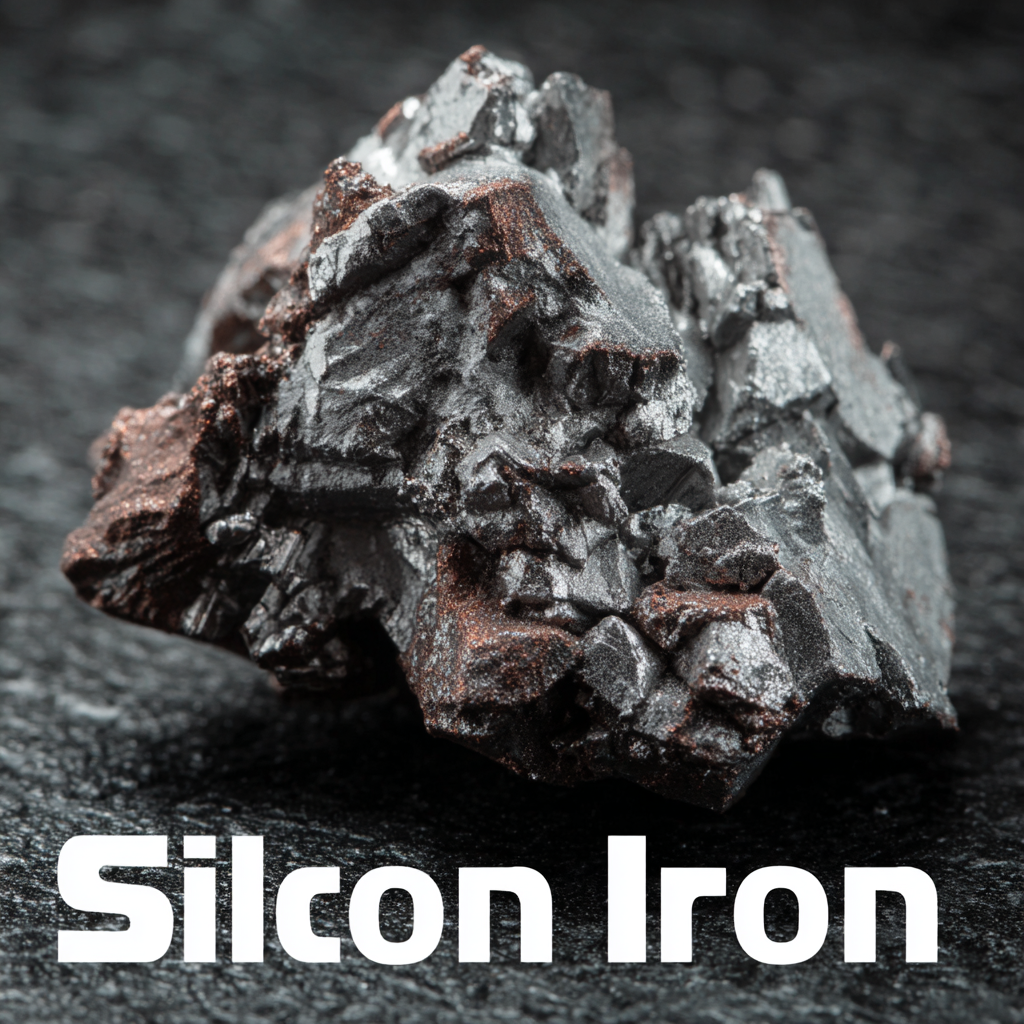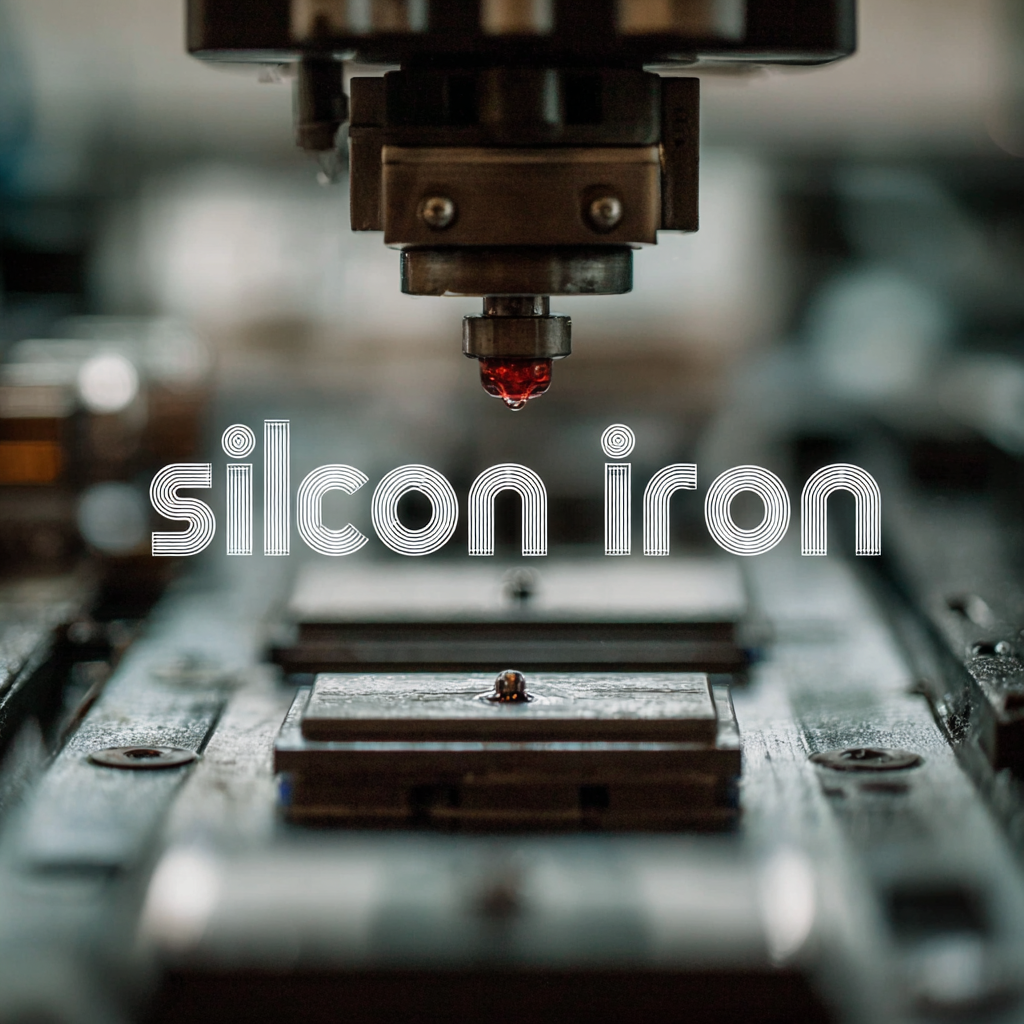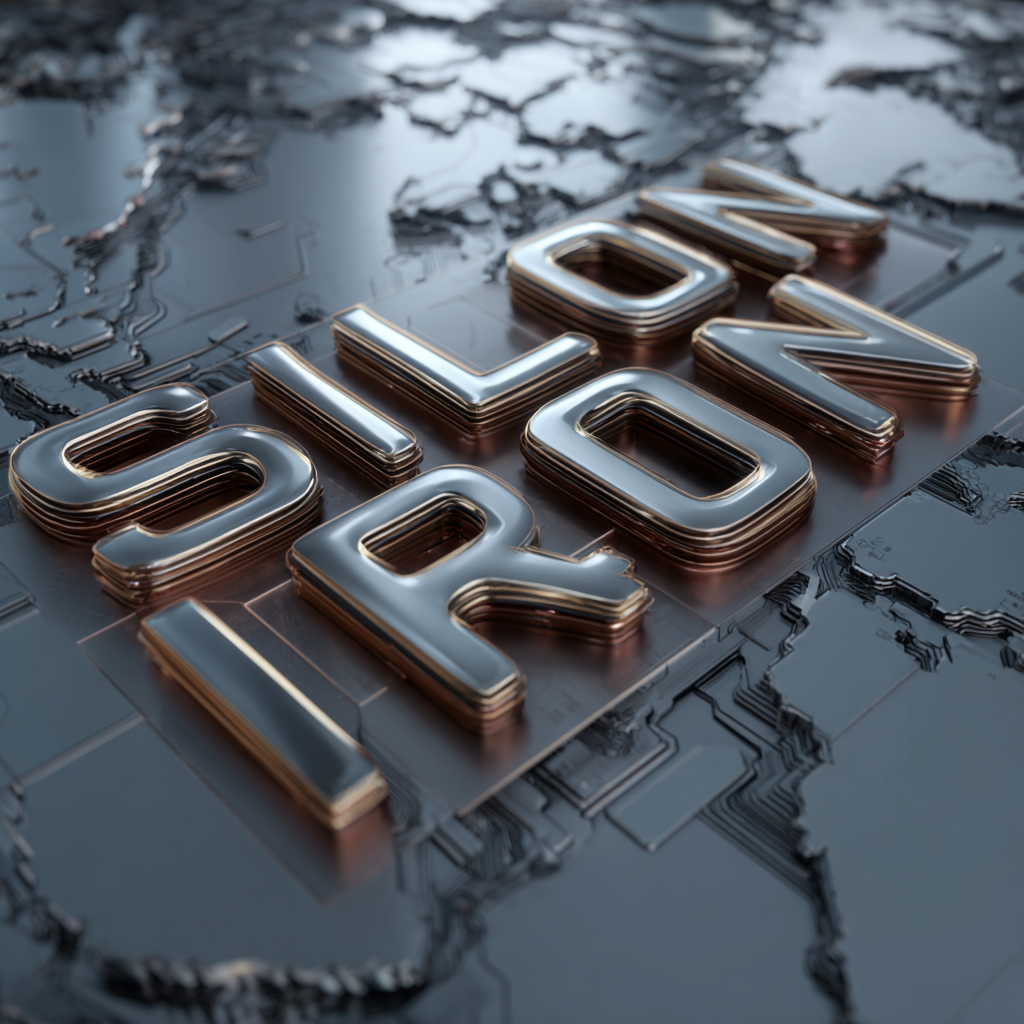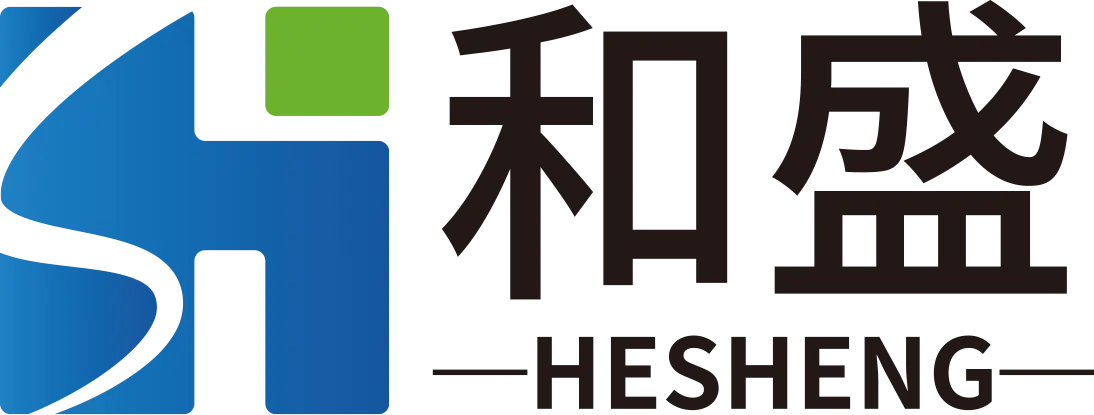Leave Your Message
In the quest for high-quality Silicon Iron products, global buyers encounter a myriad of challenges that can complicate the sourcing process. According to a recent industry report by Research and Markets, the global silicon iron market is projected to reach USD 570 million by 2027, growing at a CAGR of 5.2% from 2020. This growth underscores the increasing demand for Silicon Iron in various applications, including electrical engineering and automotive industries. However, navigating the complexities of supplier selection is fraught with difficulties such as quality assurance, compliance with international standards, and fluctuating material costs. As competition intensifies, it becomes imperative for buyers to develop effective strategies for identifying trustworthy suppliers.

In this context, a comprehensive checklist can serve as a valuable tool for evaluating potential vendors, ensuring that they meet the stringent requirements for Silicon Iron products.
When evaluating silicon iron suppliers, global buyers must navigate a complex landscape characterized by varying quality, sustainability practices, and technological advancements. One key factor is the supplier's commitment to sustainable production processes. As the world increasingly turns toward renewable energy solutions, including solar power and electric vehicles, suppliers need to demonstrate how their products support decarbonization goals. For instance, advancements in recycling technologies for silicon-based photovoltaic solar panels highlight the importance of sustainability in sourcing decisions.
Another critical aspect is the supplier's capability in innovation and technology. The development of specialized materials, such as 3D printable powders for electric motor components, signifies a response to the evolving demands of the electric mobility sector. Buyers should prioritize suppliers that not only offer high-quality silicon iron products but also show a proactive approach to research and development. This ensures that they can meet the future needs of industries growing around renewable energy and electric mobility while maintaining competitiveness in an ever-changing market.
| Criteria | Description | Importance Level (1-5) | Common Challenges |
|---|---|---|---|
| Quality Assurance | Ensuring that suppliers meet quality standards for silicon iron products. | 5 | Inconsistent quality checks, lack of certifications. |
| Cost Competitiveness | Evaluation of pricing against market rates and competitor offerings. | 4 | Hidden costs, fluctuating prices, currency risk. |
| Supplier Reliability | Assessing the ability of suppliers to deliver on time and meet demand. | 5 | Delays in shipment, stock shortages. |
| Technical Support | Availability of technical assistance for product specifications and troubles. | 3 | Limited customer support, difficulty in obtaining technical information. |
| Sustainability Practices | Consideration of environmental impact and sustainable sourcing. | 3 | Greenwashing, lack of transparency in sourcing practices. |
When sourcing silicon iron products, global buyers encounter significant challenges related to quality assurance. One of the primary concerns is the presence of defects in silicon materials, which can compromise the overall performance of the products. Recent research highlights various types of defects, including crystallographic and morphological issues, as well as chemical impurities that can adversely affect the properties of silicon wafers. Ensuring the integrity of these materials is crucial, especially when they are utilized in high-tech applications such as photovoltaics and catalysis.
Furthermore, the complexity of the supply chain often exacerbates quality assurance challenges. Coupled with the need for rigorous metrology to identify and quantify defects, buyers must navigate varying standards across different manufacturers and regions. This is particularly important in the context of sustainable practices, where the recycling of silicon-based materials is gaining traction. As the demand for high-quality silicon iron products continues to rise, it becomes imperative for global buyers to establish robust quality control measures and engage with suppliers that prioritize defect mitigation and compliance with industry standards.

When sourcing silicon iron products, global buyers often grapple with the critical dilemma of balancing price and quality. The market is flooded with options that cater to various budget ranges, but the challenge lies in determining which products offer the best value. Compromising on quality for a lower price can lead to long-term issues, including reduced performance and increased failure rates, while overspending may strain the budget without significant returns.
One effective tip is to conduct thorough supplier research. Look for manufacturers who have established reputations for quality and reliability, and evaluate customer reviews and product specifications. Building relationships with trustworthy suppliers can lead to better pricing options and more consistent product quality.
Additionally, consider the total cost of ownership instead of just the initial purchase price. Calculate potential long-term savings from using higher-quality materials that reduce maintenance needs and improve performance. This approach enables buyers to make informed decisions, ensuring that they invest in silicon iron products that not only fit their budget but also meet their quality standards, ultimately enhancing their operational efficiency.
In the competitive landscape of silicon iron sourcing, global buyers face significant challenges that are deeply influenced by market trends. A pivotal factor is the surplus in the magnesium market, which has led to decreasing prices and restricted demand. This ripple effect extends into the silicon iron sector, where a combination of overcapacity and scattered production among smaller firms poses obstacles for buyers seeking reliable suppliers. As companies explore restructuring options, the fragmentation within this industry complicates the procurement process for buyers who need to ensure quality and consistency.
Moreover, understanding the global trends impacting silicon iron purchases is essential for aligning sourcing strategies. The projected growth in the silicon iron market, expected to reach $19.5 billion by 2032 at a compound annual growth rate of 4.36%, indicates potential opportunities amidst present challenges. Buyers must stay vigilant about fluctuating prices influenced by other sectors, like magnesium and industrial silicon, while assessing their geographic advantages in trade. This dynamic environment requires adaptability and forward-thinking to navigate successfully within the global market.
Navigating the world of international trade can present an array of challenges for global buyers, particularly when sourcing silicon iron products. One of the most critical aspects that these buyers must consider is regulatory compliance. Different countries have their own stringent regulations regarding product specifications, health and safety standards, and environmental impacts, making it essential for buyers to stay informed and compliant to avoid costly penalties and shipping delays.
Moreover, the complexity of trade agreements and tariffs also plays a significant role in the sourcing process. Buyers must understand the nuances of international trade laws and how they may affect silicon iron exports and imports. This includes awareness of tariffs that may apply to specific products, as well as any other trade restrictions that could impede the supply chain. Ensuring that suppliers are compliant with both local and international regulations is crucial. Buyers often find it beneficial to work closely with legal and trade experts to navigate these technological and regulatory landscapes, ensuring that they can efficiently source the best silicon iron products while minimizing risks associated with non-compliance.

